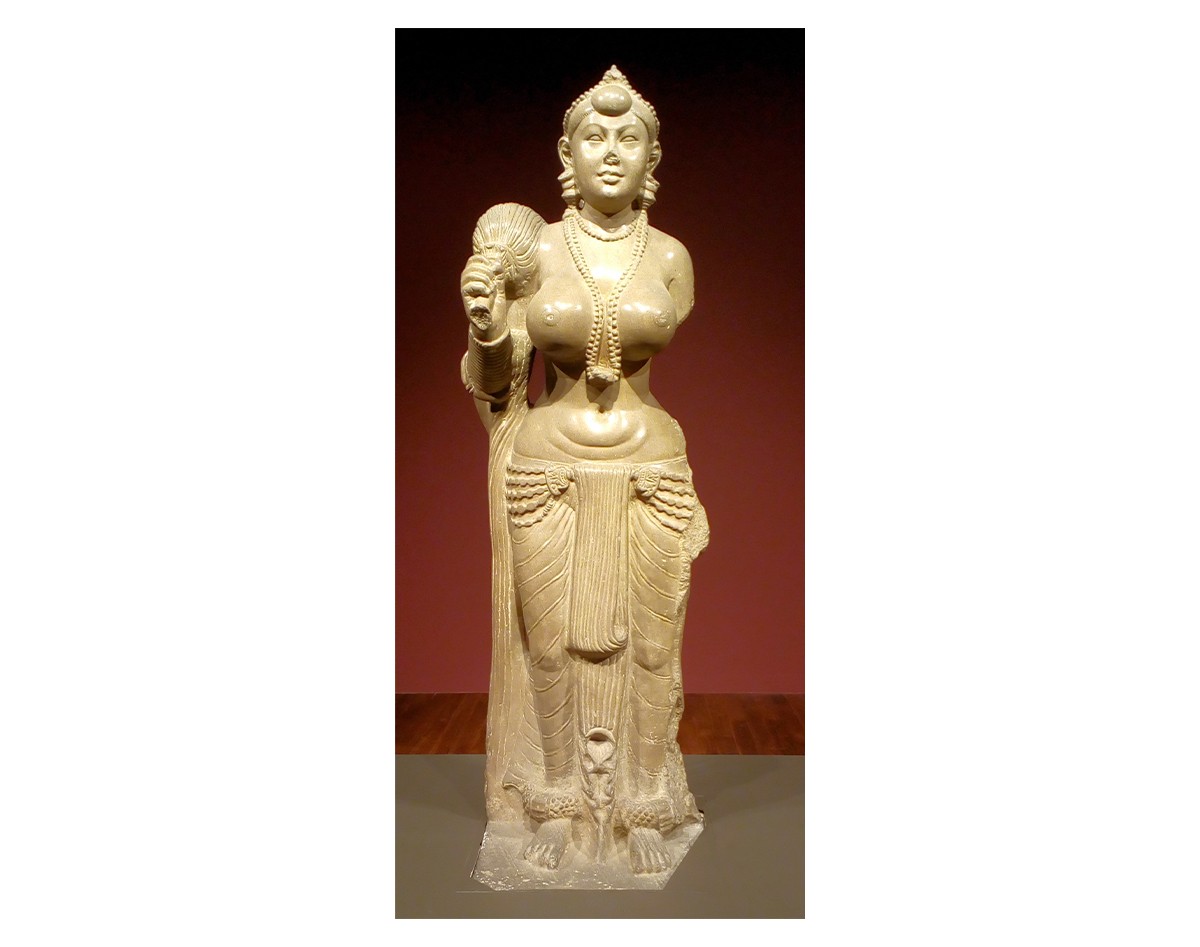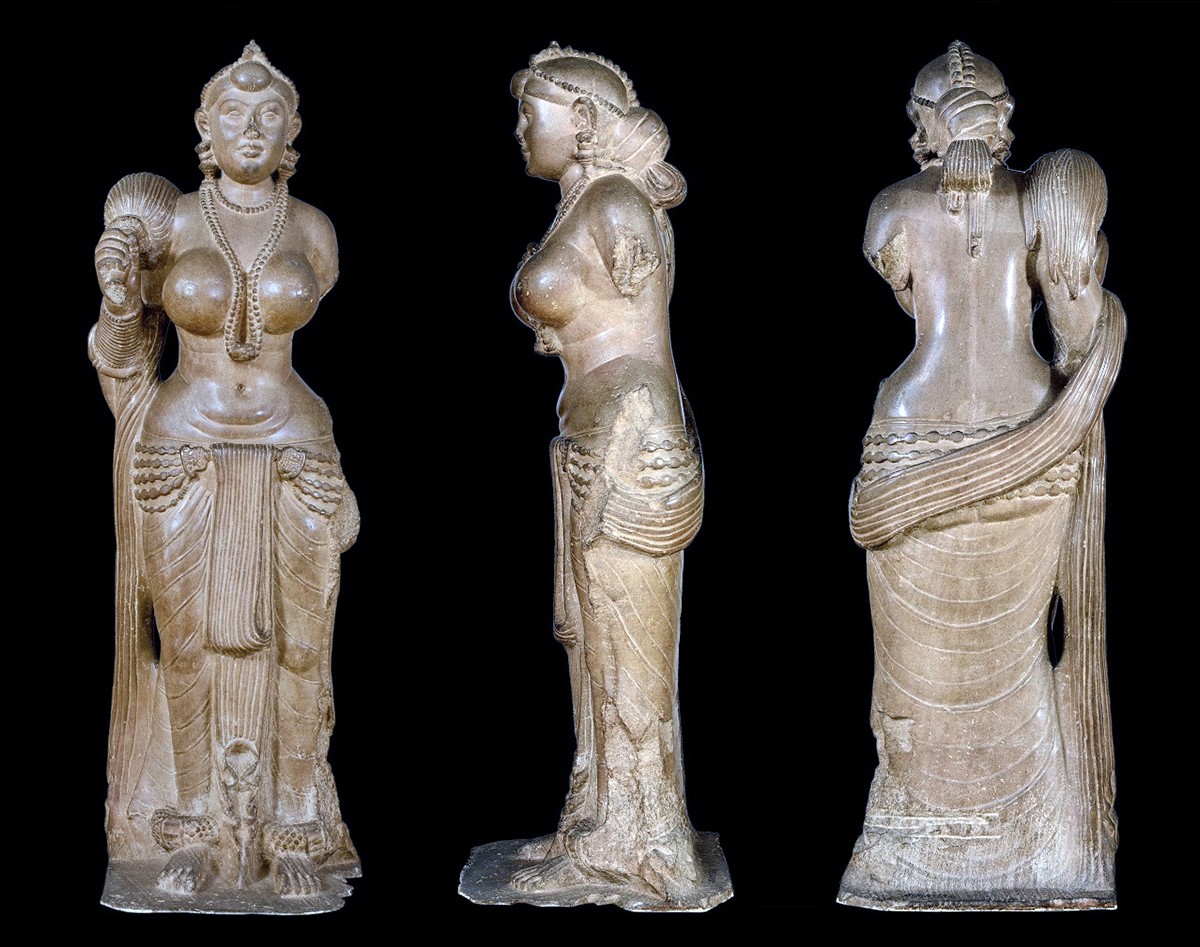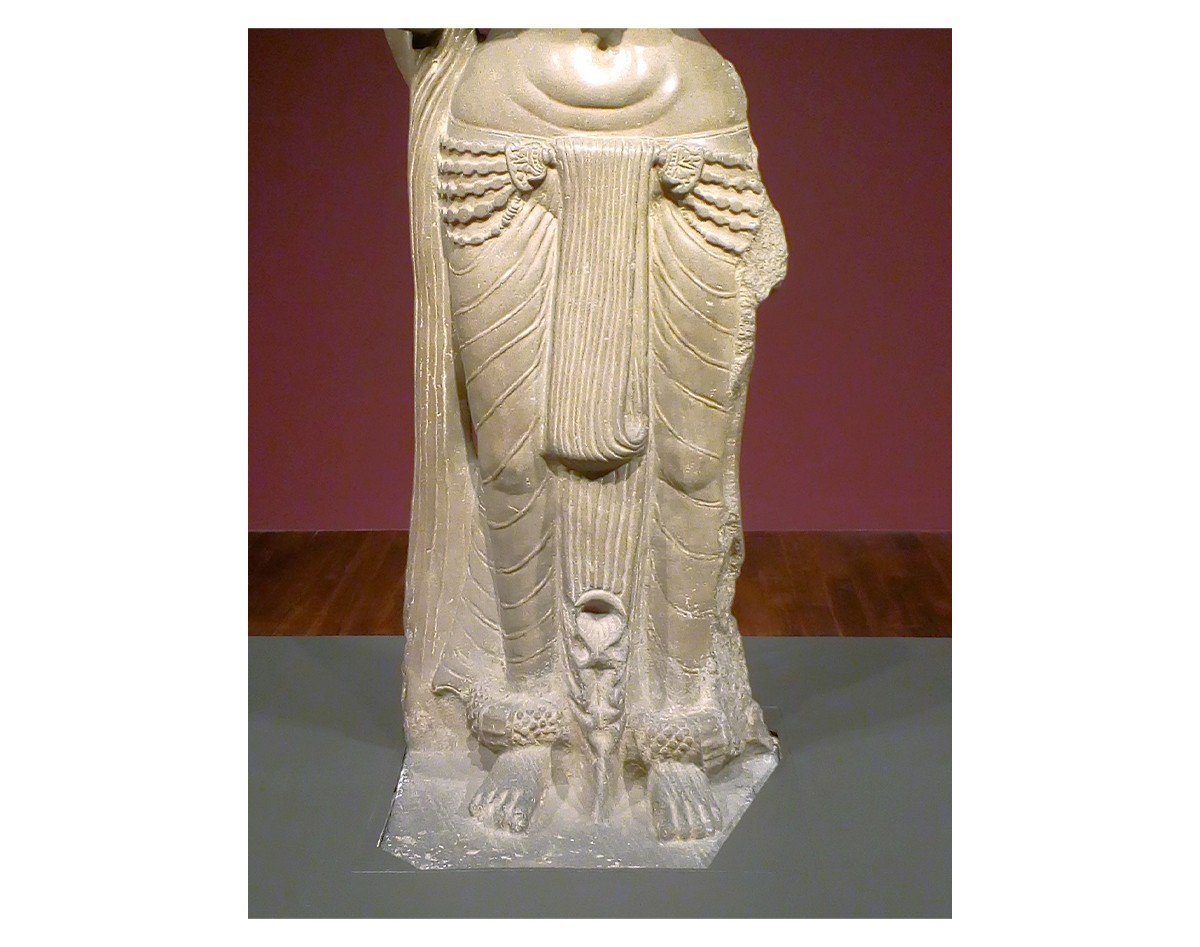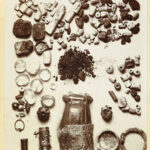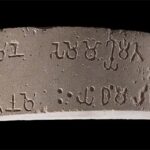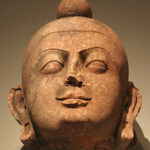The Didarganj Yakshi Is Rediscovered
1917
Excavated in the Didarganj area of Bihar, the object sparks debates related to its historical dating, identification of the subject and the aesthetics and symbolism of sensual sculptures. Several theories abound over its dating and affiliation to dynasties, with historians linking it to Mauryan patronage (c. third century BCE) on the basis of medium and style while others propose an affinity with Sunga and Kushan styles (first century BCE–second century CE).
Initially believed to be an attendant figure, it is later identified as a yakshi, a guardian deity, and its visual attributes are also imbued with symbolic spiritual meaning.
In independent India, the sculpture will gain the status of a national icon of Indian culture and art, travelling to exhibitions around the world. The damage to the sculpture after one such exhibition will result in a controversy over the loaning of nationally important art objects.
Bibliography
Asher, Frederick, and Walter Spink. “Mauryan Figural Sculpture Reconsidered.” Ars Orientalis 19, no. 1 (1989): 1–6.
Chandra, Pramod. The Sculpture of India 3000 BC-1300 AD. Washington: National Gallery of Art, 1985.
Guha-Thakurta, Tapati. Monuments, Objects, Histories: Institutions of Art in Colonial and Postcolonial India. New York: Columbia University Press, 2004.
Feedback 
This entry appears in
Art in South Asia
Visit Timeline
Associated Timeline Events
First Published: March 11, 2024
Last Updated: July 2, 2024



